In today’s competitive online market, understanding the effectiveness of your Pay-Per-Click (PPC) advertising campaigns is crucial for generating more leads and increasing revenue. Welcome to the Ultimate Guide to PPC Conversion Tracking, where we’ll explore the importance of conversion tracking and provide you with practical tips and strategies to optimize your PPC campaigns for improved conversion rates. Whether you’re new to PPC advertising or a seasoned pro, this guide will equip you with the knowledge and tools necessary to make data-driven decisions and maximize your return on investment (ROI). So, let’s dive in and unlock the true potential of your PPC campaigns!
Importance of PPC Conversion Tracking
PPC conversion tracking is an essential aspect of any successful online advertising strategy, as it allows you to understand the effectiveness of your campaigns. By monitoring and analyzing conversion data, you can determine which ads, keywords, and targeting options are driving the most valuable results for your business. Additionally, it provides invaluable insights into which elements of your campaigns are resonating with users and prompting them to convert.
The efficient allocation of resources is another significant benefit of conversion tracking. By identifying high-performing elements and underperforming areas in your campaigns, you can redistribute your advertising budget to achieve a better return on investment (ROI). This ensures that your marketing dollars are being used effectively, which is particularly important when dealing with limited budgets or competing in highly competitive industries.
Different Types of Conversions
In the realm of PPC advertising, it’s essential to understand the various types of conversions that can occur as a result of your campaigns. Broadly speaking, conversions can be categorized into two main groups: macro conversions and micro conversions.
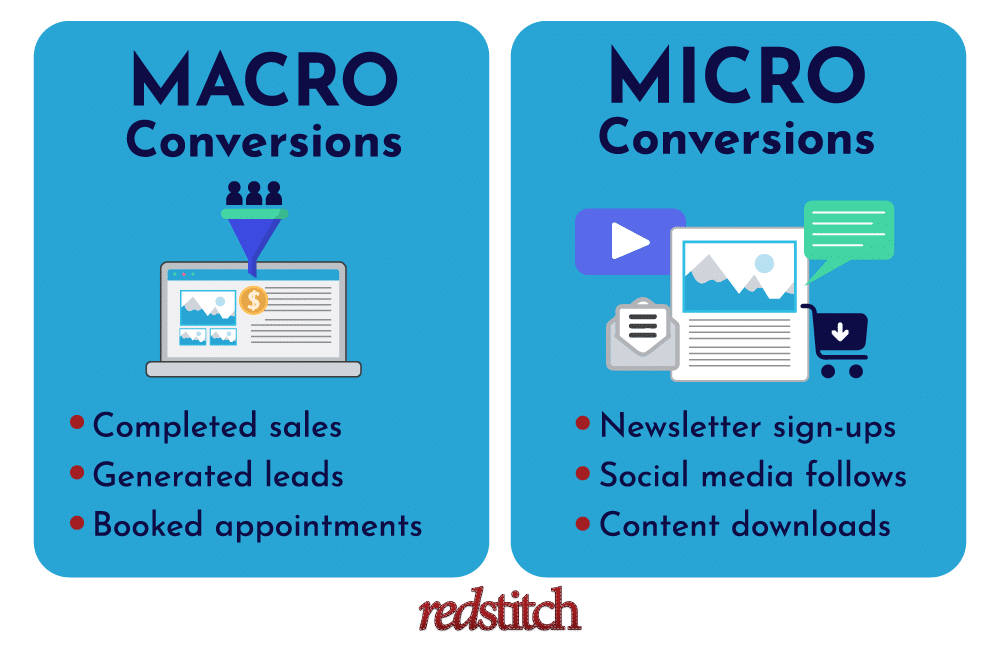
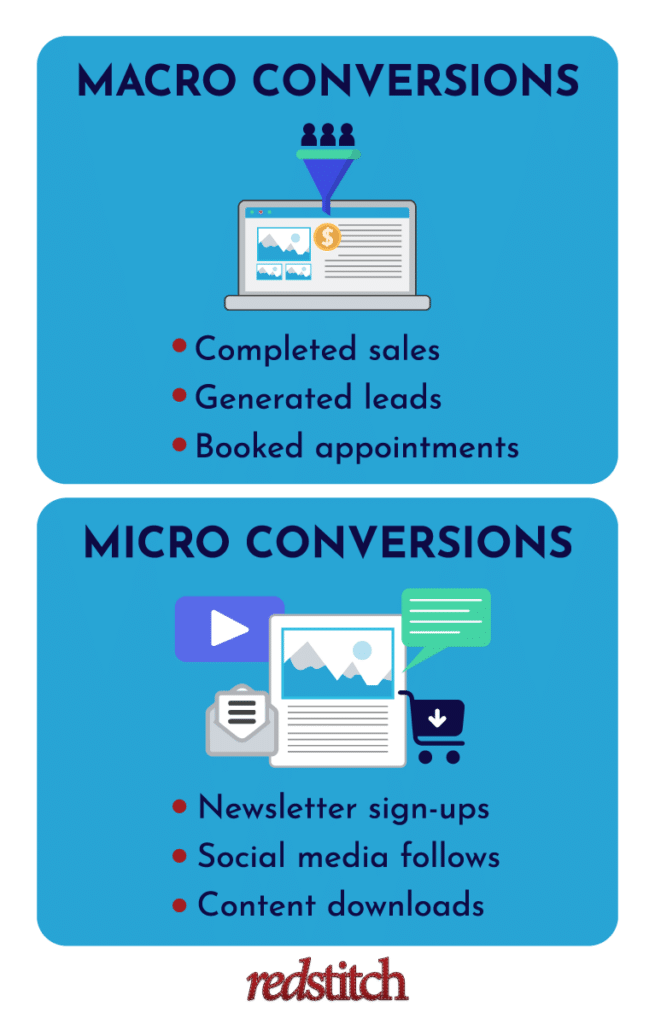
Macro Conversions
Macro conversions are the primary goals of your PPC campaigns, typically involving actions that directly contribute to your business’s revenue. Examples of macro conversions include completed sales, generated leads, or booked appointments. These are the high-value actions that signal a strong return on investment for your advertising efforts.
Micro Conversions
On the other hand, micro conversions are the smaller, yet still valuable, actions taken by users that indicate engagement with your brand. Examples of micro conversions include newsletter sign-ups, social media follows, and content downloads. While these actions may not directly result in immediate revenue, they play a crucial role in nurturing potential customers and building brand awareness. As a result, micro-conversions are great indicators of user engagement and potential for future conversion.
Setting Up Conversion Tracking in Google Ads
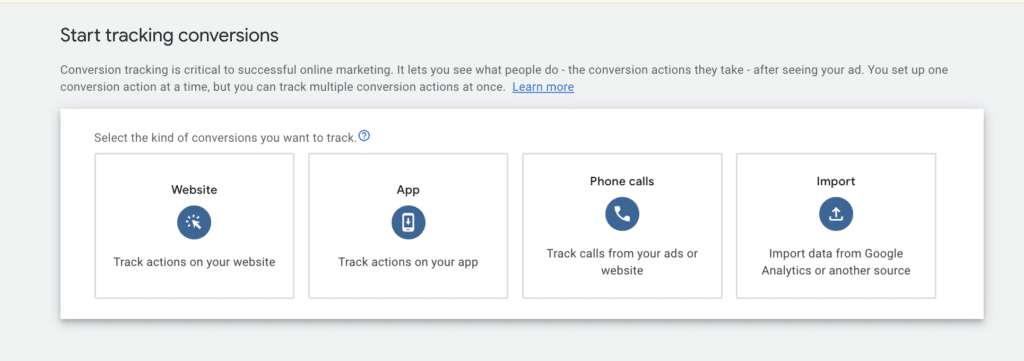
To set up conversion tracking in Google Ads, you’ll first need to create and define conversion actions. Begin by navigating to the “Conversions” tab within your Google Ads account, then click the “+” button to create a new conversion action. Specify the type of conversion you want to track, such as a purchase, lead form submission, or phone call, and assign a value to each conversion if necessary.
If you have conversions set up in Google Analytics, you can pull import those conversions into Google Ads.
Then, enable auto-tagging within the Google Ads account settings. Google Ads will generate a unique tracking code, known as the global site tag, for each conversion action you create. Place this code in the head section of every page on your website. Additionally, you may need to add an event snippet to specific pages where conversions occur, such as a “Thank you” page after a form submission or purchase confirmation.
Understanding Conversion Metrics
When tracking and analyzing PPC conversions, it’s essential to understand the various metrics associated with conversion data. These metrics help you measure the success of your advertising efforts and make data-driven decisions for improvement.
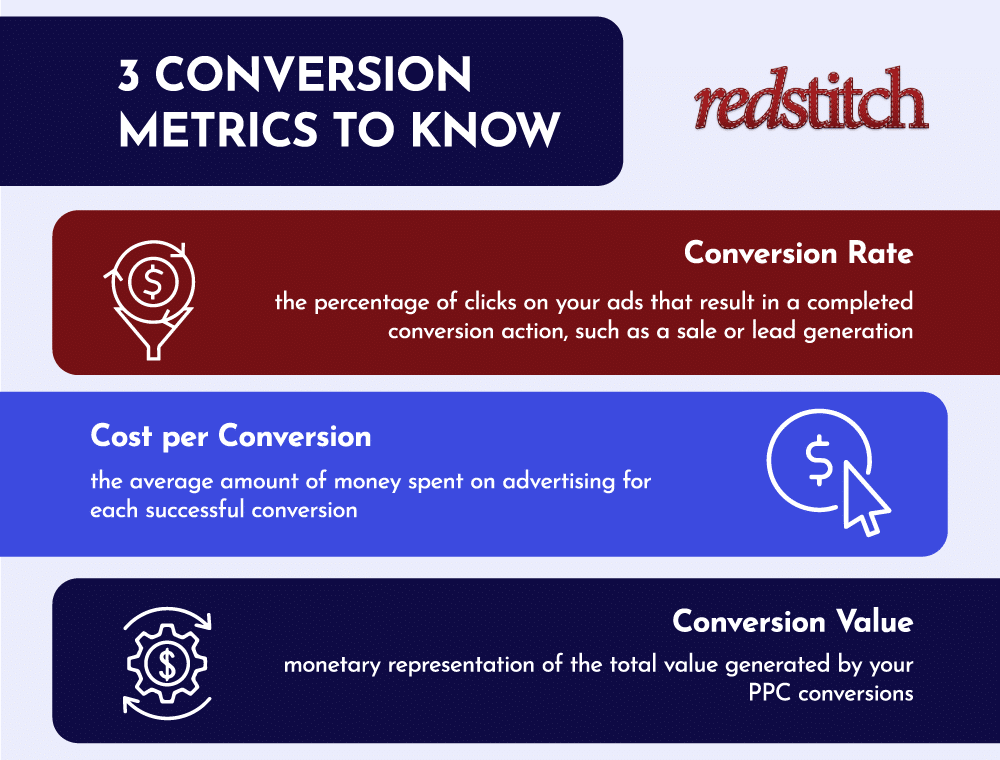
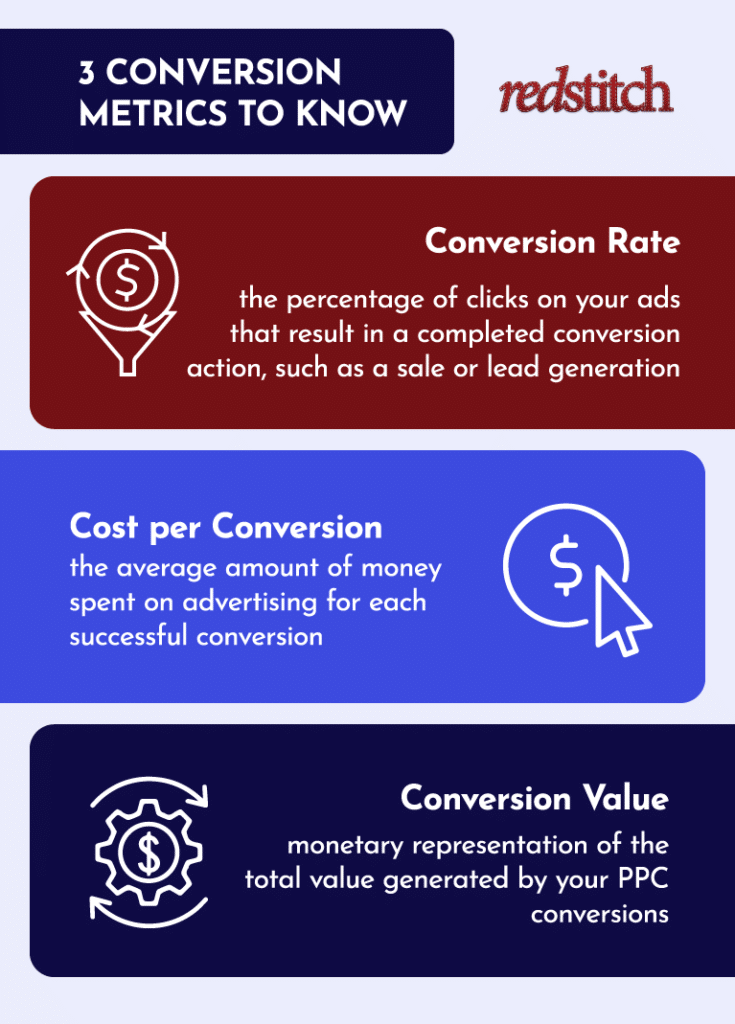
Conversion Rate
Conversion rate is the percentage of clicks on your ads that result in a completed conversion action, such as a sale or lead generation. A higher conversion rate indicates a more successful campaign. To calculate the conversion rate, divide the number of conversions by the number of ad clicks, and then multiply by 100.
A good conversion rate for PPC (pay-per-click) advertising can vary depending on the industry, the type of campaign, and the specific goals of the business. However, a general benchmark for a good conversion rate is around 2-5%. This means that for every 100 people who click on your ad, 2-5 of them will take the desired action, such as making a purchase or filling out a form. It’s important to note that conversion rates can also be influenced by factors such as ad targeting, ad copy, landing page design, and overall user experience.
The Impact of Negative Keywords on Google Conversion Rates: Case Study
Google Ads is one of the most popular advertising platforms that businesses use to reach potential customers. However, running an effective Google Ad campaign requires careful consideration of search terms and keywords to ensure that the right audience is targeted. Negative keywords are an essential tool that can help to refine ad targeting, reduce wasted ad spend, and ultimately improve conversion rates.
In March 2023, Redstitch, a digital marketing agency, analyzed the search terms that a modular home building client was showing for. They added over 100 negative keywords to the client’s Google Ad campaigns. The negative keywords were terms that had the wrong intent and were using ad budget when users clicked on the ad. The aim was to reduce wasted ad spend and focus the ad budget on keywords that had the right intent.
The addition of negative keywords to the client’s Google Ad campaigns had a significant impact on the conversion rate. In March 2023, the client had an ad conversion rate of 3.72%. However, after the negative keywords were added, the ad conversion rate in April 2023 increased to 6.28% which is well above average. This represented an impressive 68% increase in the conversion rate. The client’s ad spend was also optimized, as the negative keywords removed irrelevant searches that were not likely to convert.
By adding negative keywords, the ad targeting became more precise, resulting in a higher conversion rate and better return on investment (ROI). Negative keywords can help to eliminate inappropriate search terms, which can be costly and ineffective. The use of negative keywords can save businesses money in the long run and ensure that their ad spend is focused on high-intent keywords that are more likely to convert.
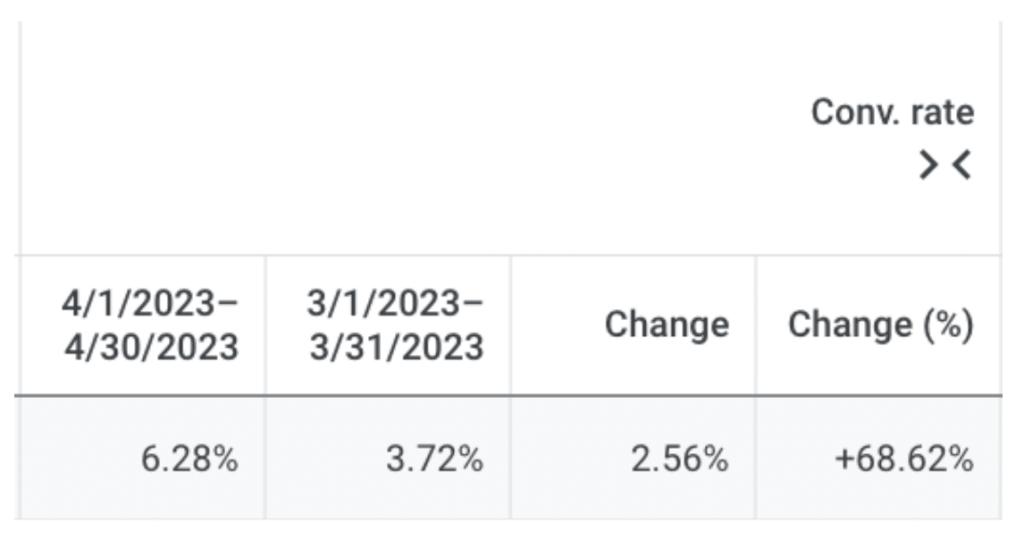
Cost Per Conversion
This metric shows the average amount of money spent on advertising for each successful conversion. It helps you determine the efficiency and profitability of your PPC campaigns. To calculate cost per conversion, divide the total ad spend by the number of conversions.
The target cost per conversion (CPC) is dependent on the industry, the specific campaign, and the goals of the business. Ideally, the CPC should be lower than the profit margin of the product or service being sold. This means that if the profit margin of a product is $100, the CPC should be lower than $100 to ensure that the campaign is profitable.
Conversion Value
Conversion value is a monetary representation of the total value generated by your PPC conversions. Assigning a value to each conversion action allows you to evaluate the overall revenue generated from your PPC campaigns and make informed decisions about your advertising budget and targeting strategies.
Analyzing and Interpreting PPC Conversion Data
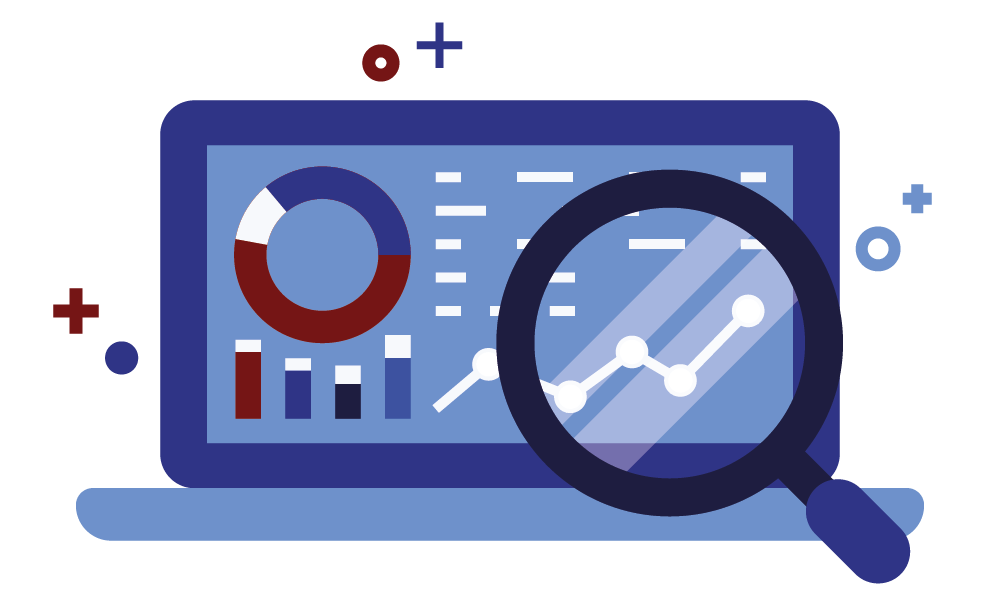
To effectively optimize your PPC campaigns, it is crucial to analyze and interpret the conversion data gathered through your tracking efforts. By examining this data, you can identify high and low-performing keywords, which can inform your bidding strategies and help you allocate your resources more efficiently.
Additionally, traffic sources and devices used can reveal which channels are the most profitable for your business.
It’s also critical to examine conversion data on a micro level. Assess the messaging, headlines, and calls-to-action in your ads, and compare their performance to identify which variations drive the most conversions. Similarly, assess your landing pages’ design, content, and user experience to determine which elements contribute to higher conversion rates.
Detecting trends and patterns in your conversion data can provide valuable insights into your target audience’s behavior and preferences. For instance, you may find that certain keywords or ad formats perform better at specific times of day, during particular seasons, or with specific demographic groups. Incorporating these insights into your PPC campaigns can help you gain an edge over competitors and drive better results for your business.
Tips for Optimizing PPC Conversion Rates
To improve your PPC conversion rates, implementing targeted keyword bidding strategies is essential. Focusing on high-intent keywords that directly relate to your products or services can result in higher-quality leads and increased conversions. Moreover, long-tail keywords often have lower competition and can yield better conversion rates, as they target specific user queries.
Refining your ad copy and calls-to-action (CTAs) is another crucial aspect of optimizing PPC conversion rates. Ensure that your ad copy is compelling, highlights the unique selling points of your product or service, and resonates with your target audience. Your CTAs should be clear, concise, and action-oriented to encourage users to take the desired action.
Moreover, high-converting landing pages are essential for capturing user interest and driving successful conversions. These should be designed with the user in mind and provide clear direction towards taking a desired action. Utilizing visual cues, such as video or high-quality images, can help capture users’ attention quickly. Additionally, ensure that your landing page is mobile-responsive, as a significant portion of users access websites through their mobile devices.
Implementing remarketing campaigns can help you re-engage users who have previously interacted with your website but did not convert. By targeting this audience with tailored ads based on their browsing behavior, you increase the chances of converting them into customers.
Lastly, it is crucial to continuously test and optimize different elements of your PPC campaigns, such as ad copy variations, keywords, and landing page designs. Regular testing and adjustments based on data-driven insights will help you achieve better PPC conversion rates over time.
Advanced Conversion Tracking Techniques
Cross-device conversion tracking is a crucial technique that allows businesses to monitor conversions that occur across multiple devices, such as desktops, smartphones, and tablets. This is essential in today’s digital landscape, where customers often interact with a brand on various devices before making a purchase. Without proper cross-device conversion tracking, this valuable data can be lost.
Offline conversion tracking is another advanced technique that can help bridge the gap between online advertising and offline actions, such as phone calls or in-store purchases. To track offline conversions, you can use unique tracking numbers, promo codes, or other identifiers that connect your PPC ads to the desired offline action. This type of tracking provides valuable insights into how your online advertising efforts are contributing to offline sales and leads.
A/B testing is an effective method for optimizing your PPC campaigns. It involves creating two different versions of an ad, landing page, or another element of your campaigns and comparing their performance. This helps you identify which variations perform better and enable you to make data-driven decisions for improvement. Attribution models and multi-touch attribution are essential for understanding the role that different touchpoints play in the customer journey. Attribution models assign credit for a conversion to specific interactions or channels, while multi-touch attribution considers the combined impact of multiple touchpoints. By utilizing these advanced tracking techniques, businesses can gain a deeper understanding of their customers’ paths to conversion and make data-driven decisions to optimize their PPC campaigns for maximum impact.
Leveraging Third-Party Tools for PPC Conversion Tracking
While Google Ads offers built-in conversion tracking tools, it is essential to explore the potential of third-party tools to enhance your conversion tracking capabilities further. These tools can provide valuable insights and help you optimize your campaigns more effectively.
One popular third-party tool for PPC conversion tracking is Google Analytics. By linking your Google Ads account with Google Analytics, you can access a wealth of additional data about user behavior on your website. This information can help you identify which PPC campaigns are driving the most valuable traffic, understand the user journey, and optimize your landing pages for better conversion rates.
Call tracking software is another valuable tool for businesses that rely on phone calls for leads and sales. These solutions can track which PPC campaigns and keywords are generating phone calls, allowing you to optimize your campaigns for call conversions. Some popular call-tracking tools include CallRail, Invoca, and CallTrackingMetrics.
Finally, integrating your conversion tracking with your Customer Relationship Management (CRM) system can provide even more in-depth insights. By connecting your CRM to your Google Ads account, you can track conversions throughout the entire sales funnel, from initial lead capture to closed deals. This integration can help you understand which PPC campaigns are generating the highest quality leads and the most revenue, enabling you to allocate your budget more efficiently and drive better results.
Monitoring and Adapting Your PPC Conversion Tracking Strategy
Regularly reviewing and updating conversion goals is crucial to ensure that your PPC conversion tracking strategy remains relevant and effective. As your business evolves, so should your conversion goals, as they directly impact the optimization of your campaigns. By periodically assessing your objectives, you can make necessary adjustments to your PPC campaigns, ensuring that they continue to drive results that align with your overall business goals.
Adjusting bids and budgets based on conversion data is another key aspect of adapting your PPC conversion tracking strategy. By analyzing your campaign performance, you can identify high-performing keywords and allocate more budget to them, while reducing spend on low-performing keywords. This helps you maximize ROI and ensures that your advertising dollars are being spent efficiently.
Continuous testing and optimization for improved performance is essential for any successful PPC campaign. By regularly testing various elements such as ad copy, landing pages, and targeting options, you can identify the most effective combinations and make data-driven decisions to enhance your campaign performance. Additionally, staying informed about the latest PPC trends and best practices can help you adapt your strategy to keep up with changes in the digital advertising landscape.
Brand-Specific PPC Conversion Tracking Tips
For businesses to achieve the best possible results from their PPC campaigns, it is essential to tailor their conversion tracking strategies to their specific industry and objectives. Here are some brand-specific tips to help you optimize your PPC conversion tracking efforts.
Aligning Conversion Tracking with Your Unique Business Goals
Every business has its own set of objectives and goals, which should be reflected in your PPC conversion tracking strategy. When setting up and tracking conversions, ensure that you’re utilizing conversion types relevant to your business goals. Additionally, assign values to each type of conversion that accurately reflect the monetary value it brings to your organization. This will enable you to assess the true value of your PPC campaigns and make data-driven decisions.
Customizing Conversion Tracking Settings to Suit Your Industry
Different industries have varying benchmarks and best practices when it comes to PPC conversion tracking. It is essential to understand the specific nuances of your industry and adjust your conversion tracking settings accordingly. This may include tracking unique conversion types, setting industry-relevant conversion windows, or assigning different conversion values based on your product or service offerings.
Utilizing Brand-Specific Keywords and Ad Copy for Increased Relevance
To enhance your PPC campaigns’ effectiveness and improve conversion rates, it is crucial to use brand-specific keywords and ad copy that resonate with your target audience. Conduct thorough keyword research and craft compelling ad copy that highlights your unique selling points (USPs) to attract qualified leads and drive conversions. By focusing on brand-specific elements in your PPC campaigns, you can ensure greater relevance and better alignment with your overall marketing goals.
Conclusion
As we’ve explored in this ultimate guide, effective PPC conversion tracking is essential for understanding the success of your campaigns, identifying areas for improvement, and optimizing your strategy for better ROI. By leveraging the right tools, techniques, and insights, you can boost your average conversion rates and drive increased revenue for your business.
If you’re ready to take your conversion tracking to the next level, consider partnering with a company like Redstitch. With their powerful AI platform and a team of experts dedicated to optimizing your online presence, Redstitch can help turn your website into a lead-generating machine that outperforms your competition. Plus, they offer a money-back guarantee if your leads don’t significantly increase. So, why not give your business the competitive edge it deserves? Contact us at Redstitch today and start experiencing the benefits of optimized PPC conversion tracking.


